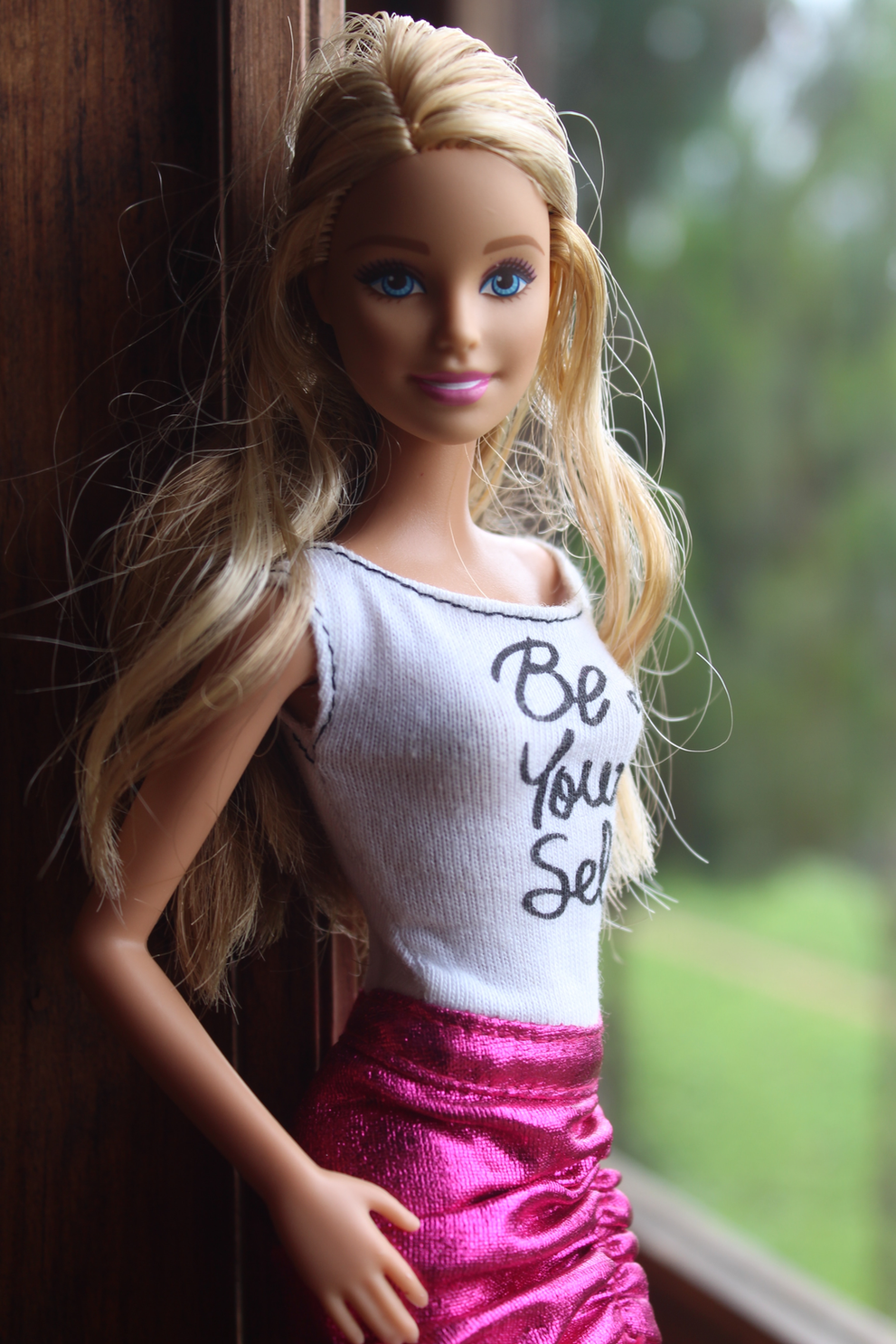Following a discussion thread on LinkedIn this morning (thank you @JaneBinnion) it was interesting to see Mattel’s take on female entrepreneurship.
As I was looking at the thread I realised that I was feeling a complex range of emotions, and wasn’t quite sure how I wanted to engage, certainly not in a short social media thread.
So, let’s explore this. First off, to clarify, the Entrepreneur Barbie doll comes either as Caucasian, Hispanic, Asian or African American. All are presented as (I quote);
“An independent professional, Barbie® Entrepreneur doll is ready for the next big pitch in a sleek pink and black dress. Her “smartphone,” tablet and briefcase are always by her side. Sophisticated details, like a statement necklace, chunky black handbag, belt, shoes and earrings keep her looking stylishly in charge.”
Now, there are a whole range of gender presenting implications here that I don’t feel qualified to comment upon, but we have to bear in mind that Barbie is a 60 year old brand with very distinctive characteristics, one of which is ergonomic impossibility. So, for the sake of argument, I’m going to cut Mattel some slack for creating unrealistically tall and beautiful models for their entrepreneur.
My interest lies more in the thinking process that resulted in Mattel believing that a female entrepreneur is best represented by a ‘sleek pink and black dress’, ‘statement necklace’ and heels?
What statement is this making about entrepreneurism for young females? Why is dress, heels and handbag the uniform of entrepreneurism? I have had the fortune to meet many female entrepreneurs, and while many of them (including myself) have conformed to dress and heels protocol (because it has been appropriate for the specific work environment), the majority do not dress like this.
We need to be careful about how to present entrepreneurism. It’s not about what you look like on the outside, it’s about how you feel on the inside and the actions you take.

It’s fantastic that Mattel is producing entrepreneur dolls, but let’s make sure this is presented in a way that helps children understand that just because they don’t identify with, or aspire to wearing dresses and heels, they can still be successful leaders of the future, a future which is likely to look very different from today, and needs a new way of thinking about the world.



